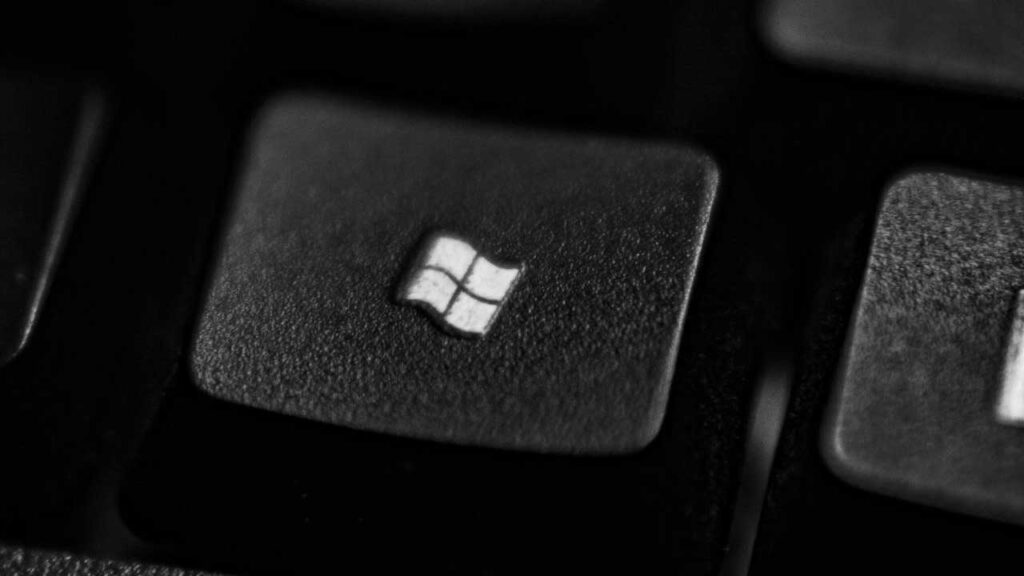1. Introduction: The Significance of Microsoft Windows
Microsoft Windows is one of the most widely used operating systems (OS) in the world, powering billions of personal computers, laptops, and other devices. Since its introduction in 1985, Windows has evolved from a simple graphical interface for MS-DOS into a complex, multifaceted operating system that serves as the backbone of both personal and professional computing environments. Over the decades, Microsoft has consistently updated Windows to keep pace with technological advancements and changing user needs, making it a crucial component of modern computing.
This article provides an in-depth look at the history, features, and impact of Microsoft Windows, exploring how it has shaped the way we interact with technology. Whether you’re a longtime user or new to the platform, understanding the evolution and capabilities of Windows is key to appreciating its role in the digital world.
2. The Evolution of Microsoft Windows
The journey of Microsoft Windows began with its first release, Windows 1.0, on November 20, 1985. This version was a graphical shell on top of MS-DOS, providing users with a more user-friendly way to manage files and run applications. Although rudimentary by today’s standards, Windows 1.0 introduced features like the ability to tile windows, which laid the groundwork for future developments.
Windows 3.x: It wasn’t until the release of Windows 3.0 in 1990 that Microsoft saw significant success. Windows 3.0 and its successor, Windows 3.1 (released in 1992), introduced better graphics, improved memory management, and more robust applications, making it popular among home and business users alike. The inclusion of popular applications like Microsoft Word and Excel contributed to its widespread adoption.
Windows 95: The release of Windows 95 in 1995 marked a pivotal moment in the history of Microsoft Windows. Windows 95 introduced the Start menu, taskbar, and a more intuitive user interface, setting the standard for subsequent versions. It also integrated MS-DOS with the Windows environment more seamlessly, allowing for better multitasking and more efficient use of resources. Windows 95’s success established Microsoft as the dominant force in the personal computer market.
Windows XP: Fast forward to 2001, Windows XP became one of Microsoft’s most beloved operating systems. Combining the best features of Windows 95/98 and Windows NT, XP offered improved stability, a user-friendly interface, and better support for hardware and software. Its longevity and popularity were evident as it remained in use for over a decade, despite the release of newer versions.
Windows Vista to Windows 10: Windows Vista (2006) introduced significant changes, including enhanced security features and a new Aero interface, but faced criticism for its performance issues. Windows 7 (2009) rectified these problems and became another highly popular version, praised for its speed, efficiency, and user-friendly design. Windows 8 (2012) attempted to bridge the gap between traditional PCs and touch-screen devices but received mixed reviews due to its drastic interface changes.
Windows 10, released in 2015, unified the Windows experience across devices, from PCs to tablets to smartphones. It reintroduced the Start menu, enhanced security, and introduced features like Cortana, Microsoft Edge, and virtual desktops. Windows 10 was designed as a service, meaning regular updates instead of distinct new versions, keeping the OS up-to-date with the latest features and security improvements.
Windows 11: Launched in 2021, Windows 11 builds on Windows 10’s foundation but with a redesigned interface, centered taskbar, and enhanced multitasking features like Snap Layouts. It also improves performance, gaming capabilities, and integration with Microsoft Teams, making it a modern OS for the hybrid work era.
3. Key Features of Microsoft Windows
Microsoft Windows offers a wide array of features designed to cater to different types of users, from casual home users to professionals and developers. Here are some of the key features that have defined the Windows experience:
- User Interface: Windows has consistently focused on delivering a user-friendly interface. From the Start menu to the taskbar and desktop icons, Windows makes it easy for users to navigate their system, access applications, and manage files. The introduction of live tiles in Windows 8 and their refinement in Windows 10 provided at-a-glance information directly from the Start menu.
- File Management: Windows Explorer (now File Explorer) is the built-in file management system that allows users to easily access, organize, and manage files and folders. With features like drag-and-drop, search, and quick access to frequently used files, Windows simplifies the process of handling data.
- Multitasking: Windows has always excelled at multitasking, allowing users to run multiple applications simultaneously. Features like Task View in Windows 10 and Snap Layouts in Windows 11 enhance this capability by providing more efficient ways to organize open windows and work across multiple applications.
- Security: Security has been a critical focus for Microsoft, especially with the rise of cyber threats. Windows offers built-in security features like Windows Defender, which provides real-time protection against viruses and malware, and BitLocker, which encrypts drives to protect data from unauthorized access. Regular updates ensure that the OS is protected against the latest security vulnerabilities.
- Compatibility: One of Windows’ strengths is its compatibility with a vast range of hardware and software. Whether you’re running legacy applications from the 90s or the latest software, Windows strives to maintain compatibility, making it a versatile choice for users with diverse needs.
- Cloud Integration: With the integration of OneDrive, Windows allows users to store and sync their files across devices, ensuring that their data is accessible from anywhere with an internet connection. This cloud-based approach also supports seamless collaboration, particularly in work-from-home or hybrid environments.
- Gaming: Windows has long been the preferred platform for PC gaming, thanks to its support for DirectX, which provides high-performance graphics and audio. Windows 10 and 11 have further enhanced gaming with features like Xbox integration, Game Mode, and support for technologies like ray tracing and HDR.
4. The Impact of Microsoft Windows
Microsoft Windows has had a profound impact on both the technology industry and society at large. Its widespread adoption made personal computing accessible to the masses, transforming how people work, communicate, and entertain themselves. Windows became the standard for business environments, enabling productivity tools like Microsoft Office to flourish and shaping the modern workplace.
The OS also played a crucial role in the growth of the software industry. Windows’ broad user base provided a platform for developers to create a vast array of applications, from productivity tools to entertainment software. This, in turn, drove innovation and expanded the possibilities of what computers could do.
Furthermore, Windows’ commitment to backward compatibility and support for diverse hardware has made it a reliable choice for users around the world. Whether in education, healthcare, finance, or creative industries, Windows continues to be an essential tool that powers a significant portion of global computing.
5. Conclusion: The Future of Microsoft Windows
Microsoft Windows has come a long way since its inception, continually adapting to the needs of users and the demands of the technology landscape. As we look to the future, Windows will likely continue to evolve, integrating new technologies like artificial intelligence, cloud computing, and virtual reality. With its strong foundation and commitment to innovation, Microsoft Windows is poised to remain a central player in the world of computing for years to come.



